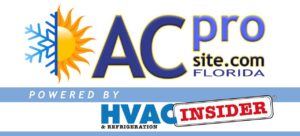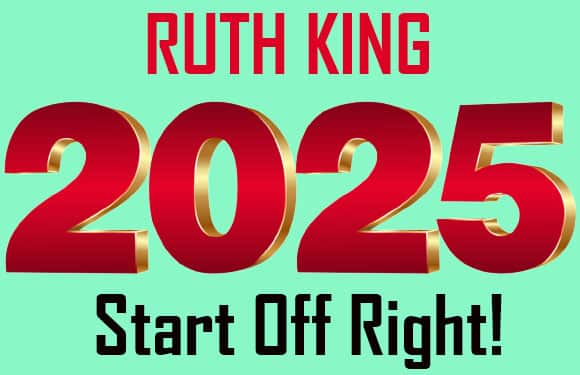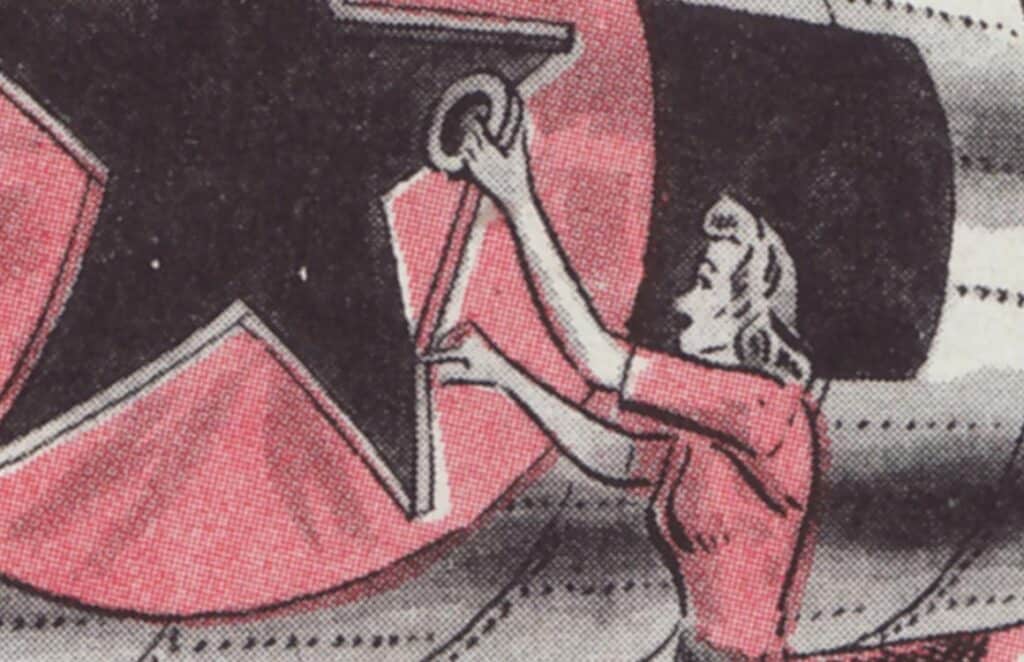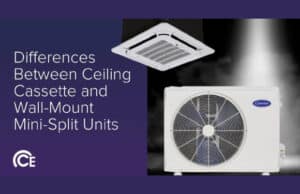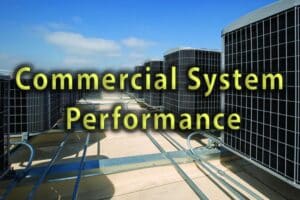This tech tip is a companion piece to a recent podcast with Kevin Hart from HAVEN.
We’ve already had some record-breaking heat here in Florida, and that’s translated to an overwhelming number of calls. We know our HVAC brethren in other areas have been working their tails off all the same.
Going without air conditioning for any length of time in the summer is an emergency situation for customers, and we have to respond to those calls. To make matters even harder, summer is also the time when we seem to have more system installations and high-performance HVAC service requests (if that’s your niche). After all, customers aren’t really thinking about their HVAC system when the weather is nice enough to keep the windows open.
The challenge for the contractor is knowing how to triage your calls. Which ones should take priority over others?
A Delicate Balance
We’re usually slammed in the summer and trying pretty hard to get work in the other seasons. In Florida, we tend to get high temperatures from early spring to mid-fall, so it’s less of an issue than in other markets with four seasons.
In any case, with a solid business model and sound pricing strategies, you should have no problem making money in the summer. The other seasons are a different story (especially the spring and fall, when heating emergencies are still uncommon). Standard checklist-based maintenance plans can help to an extent, but you still won’t get as many service calls or do as many installs as you’d do in the summer. It’s harder to make money in these seasons.

If you’re a one-person business, you have to be able to sustain your own lifestyle in those seasons: keeping food on your table, paying rent or a mortgage, etc. If you’re a business owner with multiple employees, you also have to help them provide for themselves and their families during those slow seasons. Moreover, the most talented people on your team are also likely to leave if they feel that your company isn’t growing and providing them with consistent and reliable work. If they see better opportunities elsewhere and are confident in their repertoire, they’ll take them.
The key to keeping those schedules consistent throughout the year is a delicate workload balancing act. The HVAC industry can take a leaf out of the medical industry’s book by triaging calls in the summer. ER nurses will always prioritize someone who’s dealing with a potentially fatal illness or injury over something that might be painful but not deadly.
We can do the same in our industry, but it requires some careful thought.
Know Your Market
Your market’s biggest issues will be at the top of your priority list—not just for service but also for prevention.
In Florida, those issues are related to drain backups and capacitors, both of which can cause a system to stop cooling entirely. We can take advantage of maintenance plans in the shoulder seasons to reduce the number of these emergencies in the summer.
Capacitors need to dissipate heat to work properly, so that’s why we see so many failures in the summer; we can test capacitors on other calls, including fall and spring PMs, to see if the capacitor might need replacement sooner rather than later. That’s a win for the customer and us. For the customer, we can ensure that we have the best capacitor for their needs in stock for the replacement, not just an emergency aftermarket capacitor. For us, that’s likely one less emergency call when we’re slam-busy.
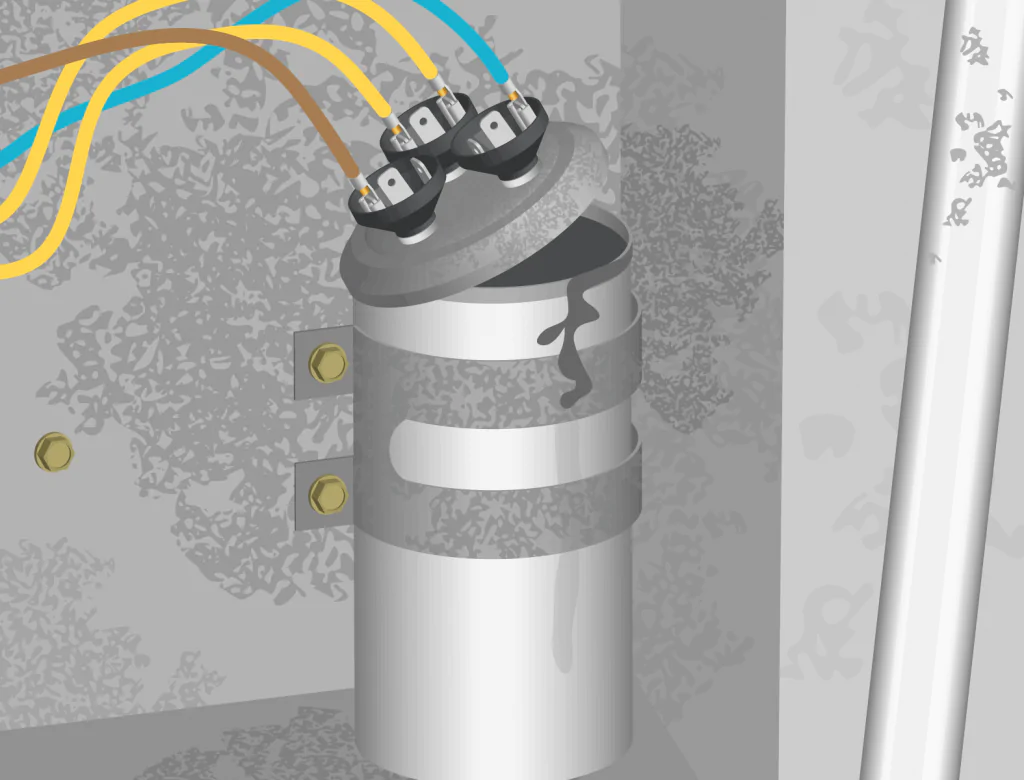
Drain lines also get backed up and cause float switches to trip. In our market, a type of white slime called bacterial zoogloea can completely take over a drain line in about a month if we don’t take preventative measures. We use high-quality drain-cleaning products (like the Viper Pan & Drain Treatment by Refrigeration Technologies) and even put copper and pieces of high-silver brazing rods in drain pans to prevent that particular bacteria from growing. (You could also consider using bi-polar ionization or UV lighting to prevent microbial growth on the coil’s surface if you know how they work.)
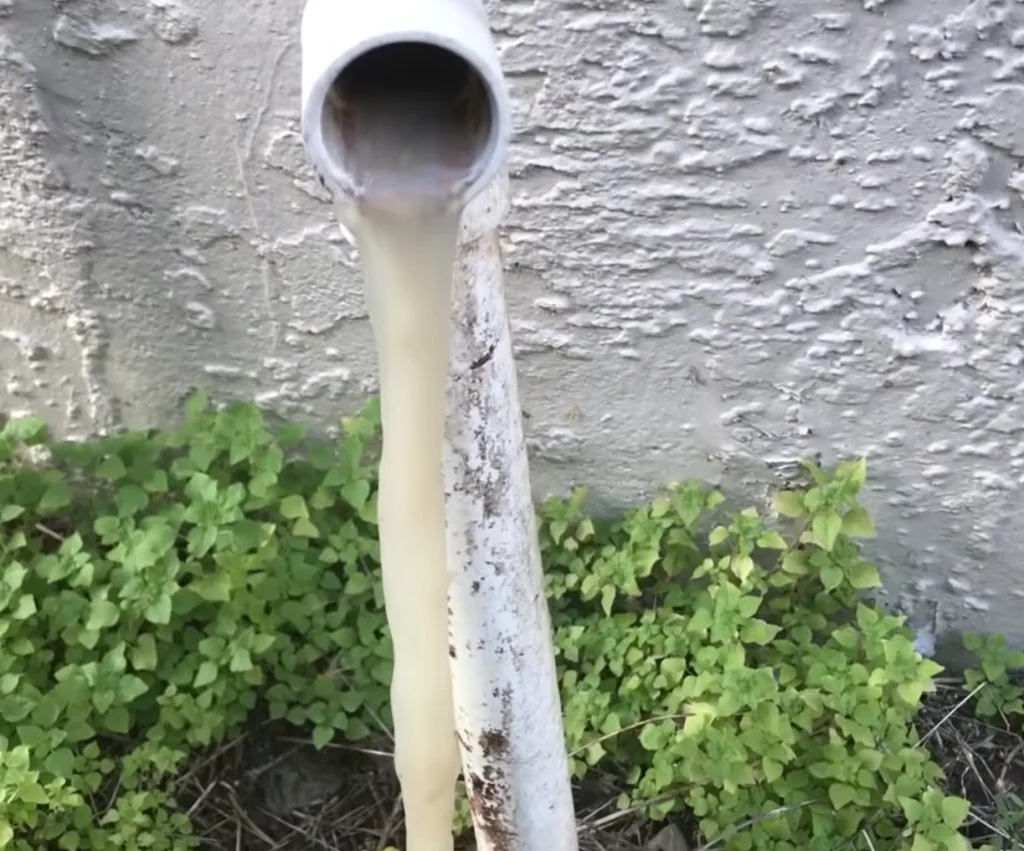
These methods shift some of the workload from the summer to the shoulder seasons, but what about installs and system upgrades? How can we move some of those to the less busy seasons?
Measure in the Summer, Save the Big Upgrades for Later
Raise your hand if you enjoy working on ductwork in hot attics in the summer! I’ll bet none of you want to do a full-scale duct renovation in the summer. It’s important but not no-cooling-and-we-need-it-ASAP important, and it’s also unsafe for us.

Instead, we can offer to do testing, take measurements, and do small upgrades during the summer and then follow through with major upgrades during a less chaotic time of the year. That way, we’re still taking the opportunity to educate and build a relationship with the customer without straining our already hectic schedule and secure lucrative jobs during a slower time of the year.
Gather Data for Follow-Up Service
One of the big drawbacks of doing completely new system installations in the summer is that we might be pressed for time. With the pressure of a high volume of service calls for emergencies, we’re more likely to do sloppier work as a result.
Instead, we can use the summer to gather data and begin making a plan for a complete installation when we can dedicate more time to the project. The summer also has plenty of ACCA design days for cooling (1% of the hours in a year will exceed the design temperature), which is useful for load calculations and equipment selection.
We can gather data for load calculations using a smart thermostat with data-logging capabilities. That way, you have an upgrade you can sell to the customer in the short term that’ll help you produce results for them and your business in the long term. Other tools, including the HAVEN Central Air Monitor, can help contractors fetch IAQ data, not just load cycle data.
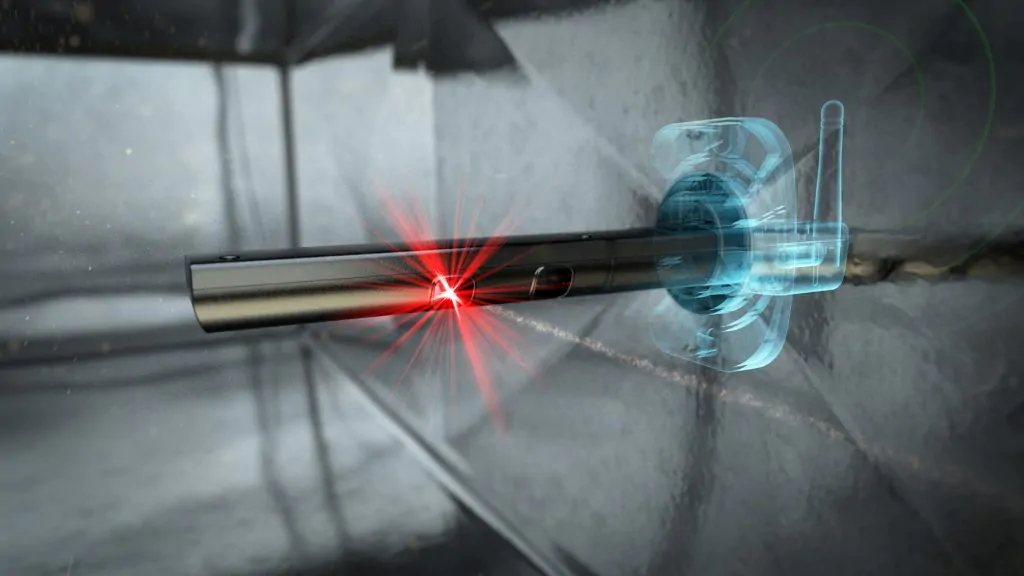
You can also use that performance data to help with your Manual J load calculation. That’s another short-term item that creates long-term value and lets you schedule a follow-up call during a slower time of the year.
Discuss Temporary Solutions to Minor Pain Points
Being without air conditioning is a big pain point. Having substandard comfort is also a pain point, but it’s far less of one (and not to mention far less dangerous) than going without A/C entirely.
We can do things to make a not-so-great (but not dire) situation more bearable until we can deploy a proper solution. For example, if the return static is high, we can cut out a media air cabinet and upgrade the ductwork at the unit to get the static pressure to a better place. You can also recommend portable or window units and other temporary measures.
It’s okay to address the bare minimum early if you’re willing to make the commitment to do everything correctly later.
Offer Everything, Let the Customer Decline
It’s possible that a customer won’t accept everything that comes with a fully dialed-in system upgrade. Even if you end up with a smaller unit, there are also building science aspects that go into these upgrades, such as envelope considerations to tighten the home.
If you offer those services or can work with a contractor who can offer high-performance upgrades, lay them all out on the table. While a sale is the goal, it’s more important that you set honest expectations for results, completion timelines, and pricing so that the customer can make an educated decision for their comfort, not just spend money.
Remember: the customer can’t say yes to a solution you don’t offer. The customer can also always say no; their comfort decisions are on them, at that rate. However, if customers are willing to wait until the fall or winter for those upgrades, it will allow you to secure work during the slower season and build that contractor-customer relationship.
How Your Workforce Benefits
Triaging these major upgrades and scheduling the bulk of them during the slow season also gives your team a dedicated time to focus on building science.
The only way to get better at building science, as with anything in this trade, is to put in the reps. When you schedule upgrades for a specific time of the year, you can give your team members several opportunities to become more comfortable with commissioning and major upgrades. Having a season of practice also develops your people; they offer more value to the organization and have more skills under their belt for future opportunities.
The Main Workflow
Once you identify the main issues in your market, you can take steps to resolve those in your existing client base. For us, as I said earlier, that’s drain lines and capacitors; we can focus on addressing those and deploying preventative measures during PMs.
That leaves the summer for us to focus on emergencies, which often translates to client acquisition as well. With your existing clients taken care of, you’ll be able to focus on calls from first-time customers with emergencies.
Once you address a customer’s emergency, you can then offer potential upgrades, including the testing equipment and procedures that come with it. These steps build confidence and translate to sales that make a real difference for the customer. Then, you do the immediate upgrades and measurements and triage the time-consuming work for the slower season(s).
Saving thorough commissioning and major upgrades for the slower season has two main benefits: securing work and helping your people put in the reps to get better and better at these critical tasks. This triage model helps balance the work out, and we’re confident that it can highly benefit contractors and their employees alike.

Co-Founder and President at Kalos Services, Bryan Orr has been involved in HVAC training for over 13 years. Bryan started HVAC School to be free training HVAC/R across many mediums, For Techs, By Techs.
Contact Bryan by emailing bryan@HVACRSchool.com.
Visit https://hvacrschool.com – The place to learn some things you’ve forgotten along the way as well as remind you of some things you forgot to know in the first place.
